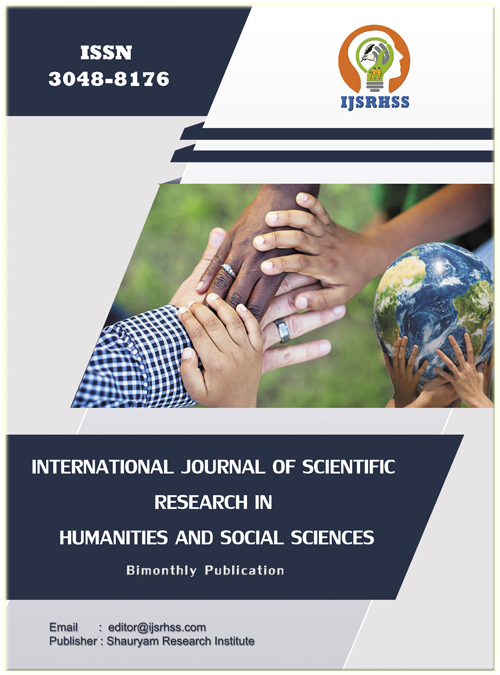Nesting Habits – Nest Material of Birds in My School, Slims College and Oussudu Lake (Poothurai Forest), Puducherry
Keywords:
Bird Nesting Behavior, Nesting Materials, Local Bird Species, Conservation Planning, Habitat UtilizationAbstract
Birds are known to build multiple nests. This is an instinctive behaviour. Nesting is part of the bird's breeding process to protect against rain, environmental temperature changes, and to care for chicks. The structure, design, and materials used to build the nest vary from species to species. This also affects nest selection, the prevention of risk of violence, and the ease of saving the nest. The current study on ten local bird species and their nesting sites and nesting data shows that these birds use 54.40% of the local resources, mostly plant material. Synthetic materials, soil, silt, mud and animal-derived materials such as human hair, spider web threads, feathers dropped by birds are used in the construction of the nest. The most common choice of nesting material is Indian Common Mayna, while Baya weaver uses the least amount of material. Our School campus and SLIMS College buildings, the marshy area adjacent to the school campus and the land behind Oussudu Lake are well utilized by the birds during the non-nesting periods. The creativity and flexibility of the bird is remarkable in the survival of the fittest in the prevailing conditions. It is recommended that each nest type be examined in detail to understand and plan for conservation importance.
Downloads
References
ON THE ORIGIN AND EVOLUTION OF NEST BUILDING PASSERINE BIRDS’ by NICHOLAS E. COLLIAS Department of Biology, University of California, Los Angeles
LI, S., AND S. D. RIPLEY. 1971-1974. Handbook of the birds of India and Pakistan. Vols. 6-10. Oxford Univ. Press, London.
ALI, S., AND S. D. RIPLEY. 1983, 1987. Handbook of the birds of India and Pakistan. 2nd ed., Vols. 4-5 Oxford Univ. Press, London.
ALTMAN, D. G. 1991. Practical statistics for medical research. Chapman and Hall, London.
AMES, P L. 1971. The morphology of the syrinx in passerine birds. Peabody Mus. Nat. Hist. Bull. 37: 1194.
AMERICANO RNITHOLOGISTUSN’ ION. 1983. Check-list of North American birds, 6th ed. American Ornithologists’ Union, Washington, DC
Downloads
Published
Issue
Section
License
Copyright (c) 2025 International Journal of Scientific Research in Humanities and Social Sciences

This work is licensed under a Creative Commons Attribution 4.0 International License.




